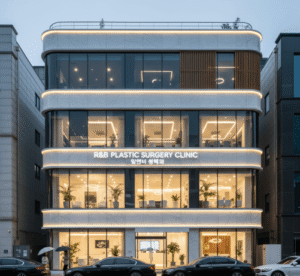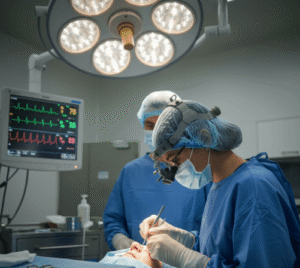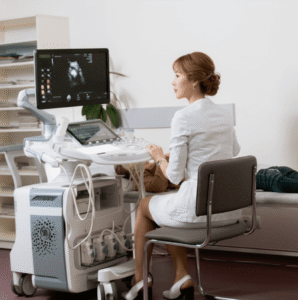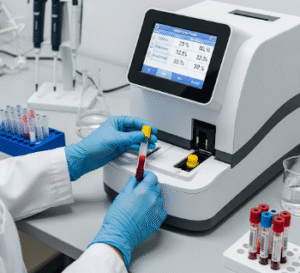Overview
Cholecystitis, also known as gallbladder inflammation, is a medical condition where the gallbladder becomes swollen and irritated, usually due to gallstones blocking the bile duct. It can be acute (sudden and severe) or chronic (repeated and long-lasting). In Korea, cholecystitis is a relatively common condition, and patients benefit from advanced imaging, modern antibiotics, and minimally invasive gallbladder surgeries.
What is Cholecystitis (Gallbladder Inflammation)?
Cholecystitis is the inflammation of the gallbladder, a small organ under the liver that stores and releases bile to help digest fats. When bile flow is blocked, usually by gallstones, the gallbladder becomes irritated, swollen, and infected, leading to pain and digestive symptoms.
Symptoms
- Severe pain in the upper right abdomen (often after fatty meals)
- Pain radiating to the right shoulder or back
- Fever and chills
- Nausea and vomiting
- Abdominal tenderness when touched
- Bloating and indigestion
Causes
- Gallstones (most common) – block the cystic duct and trap bile
- Infections (bacterial or viral)
- Tumors obstructing bile flow
- Trauma, critical illness, or surgery (acalculous cholecystitis)
- Bile duct scarring or strictures
Risk Factors
- Female gender (especially middle-aged women)
- Obesity and rapid weight loss
- High-fat, high-cholesterol diet
- Pregnancy
- Diabetes and metabolic syndrome
- Older age
- Family history of gallstones
Complications
- Gallbladder rupture (medical emergency)
- Gangrene of the gallbladder (tissue death)
- Abscess formation
- Bile leakage into the abdominal cavity (bile peritonitis)
- Chronic cholecystitis, causing repeated flare-ups
Prevention
- Maintain a healthy weight
- Eat a balanced diet low in saturated fat and high in fiber
- Avoid skipping meals and rapid weight loss
- Exercise regularly
- Control underlying health conditions like diabetes
Treatment Options in Korea
Korean hospitals are highly equipped to treat gallbladder inflammation, with a strong emphasis on early diagnosis and minimally invasive procedures.
1. Diagnosis
- Abdominal Ultrasound – first-line test for gallstones and inflammation
- CT scan or MRI (MRCP) – detailed imaging of bile ducts
- Blood tests – to detect infection and liver function abnormalities
2. Medical Treatment
- Hospital admission with IV fluids and fasting (NPO)
- Pain relievers
- Broad-spectrum antibiotics for infection
3. Surgical Treatment
- Laparoscopic Cholecystectomy (keyhole surgery) – the gold standard in Korea, minimally invasive, fast recovery, and minimal scarring
- Open Cholecystectomy – only used in complicated or severe cases
- Endoscopic Retrograde Cholangiopancreatography (ERCP) – used if gallstones block the common bile duct
4. Recovery & Post-Care
- Most patients recover within 1–2 weeks after laparoscopic surgery
- Korean hospitals offer dietary guidance for living without a gallbladder
- Regular follow-ups to monitor liver and digestive health













